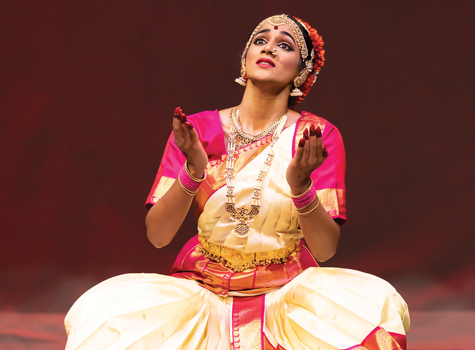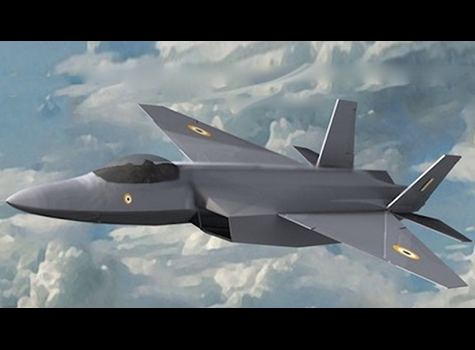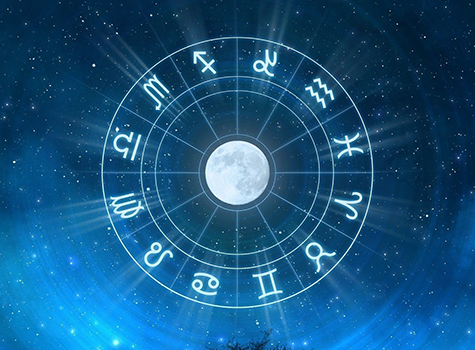
In my personal point of view, every classical dance teacher should know the basics of Natya Sastra. It is a treatise on Dramaturgy giving us systematic guidance on classical performing arts. The text is attributed to sage Bharatha, and its first complete compilation is dated back to 200Â BCE and 200Â CE.
The text consists of 36 chapters with 6000 poetic verses describing performance arts. The subjects covered by the treatise include dramatic composition, structure of a play, the construction of a stage, genres of acting, body movements, make up and costumes, role and goals of an art director, the musical scales, musical instruments, and the integration of music with the performance.
Even though it is impossible to explain all that, I would like to touch the most common aspects used by dancers. It is inexplicable to see how the Natya Sastra deals with the categorization of different body movements. If you want to enhance your motor skills, take up classical dancing. It enlists 13 gestures for the head, 9 neck movements, 36 ways to glance, 7 movements of the pupil, 9 for the eyelids and 7 for the eyebrows. In addition to this, there are six gestures each for the nose, cheeks, and lower lip, and seven for the chin.
Three movements are approved for the belly, five each for the chest, waist, sides, thighs, calf muscles, and feet. One of the most important movements in dance is a Karana, which is a combination of hand and foot movement. There are 108 Karanas.
If this sounds like an aerobic exercise, you are not too far out in your prediction. These classical dances use most vital parts of our body from head to toe. Maybe that is why most of the dancers start their training at an early age.
To understand the intricacies of classical dances and to excel in these dance forms, we need a basic understanding of the components.
The dance itself may be divided into three main parts:
• NRITTA: This refers to pure technical aspects of dance. These are the movements without any special meaning or mood and used to show the basic adavus or fundamentals and the intricacies of complicated timings, rhythms, posture, and footwork.
• NRITYA: Comprising of the body, hands, limbs, together with facial expressions, and filled with Rasa or Flavor, which may express small episodes, just a sentence, or a whole drama.
• NATYA: The combination of both dancing and acting. This becomes the foundation of dance.
The Science of Dramaturgy further showed that the dance was composed of three main elements of bodily gesture, namely: THE LIMBS; THE FACE; THE WHOLE BODY.
These three main components must have one uniform whole in which speed, grace, symmetry, body control, versatility, eye expressions, facial expressions, thought, word, and song follow in a natural stream of harmony.
The meaning of the dance was further detailed in the three forms:
• BHAVA OR MOOD: This part of the dance was to be gracefully described by the glances and play of the eyes and eyebrows; the Hastas of hand gestures, accompanied by the relevant facial expression.
• RAGA OR MELODY: The song and melody used during the dances have direct impact on the expression of the dance and its mood.
• TALA OR RHYTHMIC TIMING: This is the supportive element as the technique of the feet guided by the set timing of the drum manages the energy of the dancer.
Hastas or hand gestures are an essential part of any classical dance forms. These are like alphabets that form words. These words can form sentences and eventually give us the ability to tell you a story. Through story telling, you can bring human emotions to surface. All this depends on the basics of hand gestures, combined with footsteps and facial expressions.
There are single hand gestures known as Asamyuta Hastas and combined hand gestures using both hands known as Samyuta Hastas. According to treatises like the Natya Sastra and the Abhinaya Darpana, there are about thirty-one single hand gestures and twenty-seven combined hand gestures.
As words can be combined to change a meaning, hand gestures can be combined to change the representation of a character.
The names of mostly used single hand gestures are:
Pataka; Tripataka; Ardhapataka; Kartarimukha; Mayura; Ardhachandra; Arala; Shukatunda; Mushthi; Shikhara; Kapitta; Katakamukha; Suchi; Chandrakala; Padmakosha; Sarpashirsha; Mrigashirsha; Simhamukha; Kangula; Alapadma; Chatura; Bhramara; Hamsasya; Hansapakshika; Sandamsha; Mukula; Tamrachuda; Trishula.
he other important component of dancing is to express nine basic emotions called Nava Rasa. They are: Shringara (love), vira (valor), karuna (kindness), adbhuta (amazement), raudra (fury), hasya (laughter), bhayanaka (fear), bibhatsa (revulsion), and shanta (peace) – and countless passing feelings that may be enacted. The portrayal of feelings in abhinaya is stylized rather than literal.
Rules and regulations for the performance of classical dance made it an exact science and art, where nothing was left to the arbitrary whim of the dancer. Yet, it could be mastered so perfectly that each dancer’s individuality and ability in expression, grace, technical knowledge and personality, emotional feeling and confidence, gives distinction to her / his performance.
For questions or comments, contact via Dr. Maha Gingrich email at GingrichMaha@gmail.com



